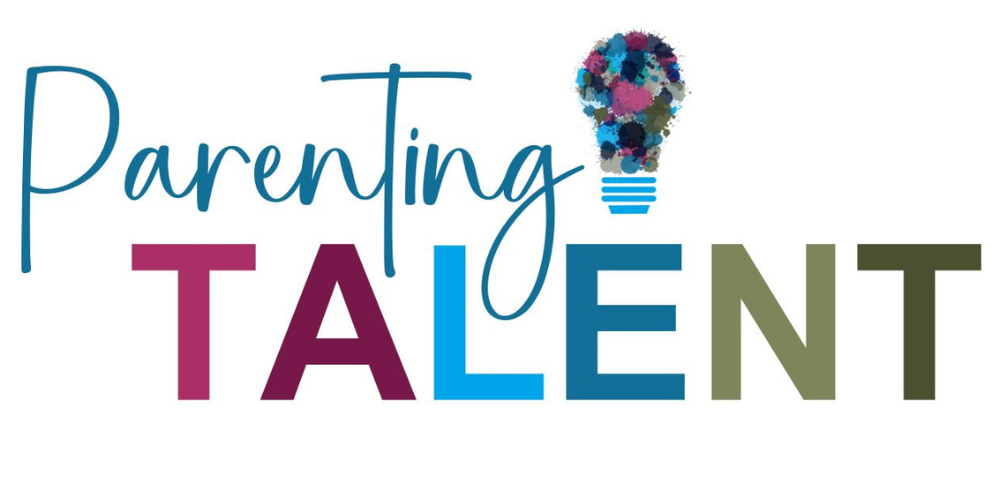Perfectionism can have a significant impact on creative artists and their productivity. Though a little perfectionism can be helpful when it drives realistic high-standards, too much can stifel progress and choke off creative expression. This is something creative artists need to become aware of and guard against. Below are descriptions of the three types of perfectionism and 7 ways creative artists can combat them.
Types of Perfectionism
Self-oriented Perfectionism
Self-oriented perfectionism involves high personal standards. Creative artists with self-oriented perfectionism may benefit in certain ways, when it spurs hard work and skill development, or a highly polished product. Yet it can also be a source of stress and anxiety if they become overly critical of their own work or set unrealistic goals for achievement. An example would be a painter who continually restarts a painting because they feel it is never “good enough.”
Other-oriented Perfectionism
In other-oriented perfectionism a creative artist expects those around them to be perfect and is highly critical of those who fail to meet these expectations. This type of perfectionism can alienate creative artists from their community when they express their disappointment in the performance of others, or if they cut others off who they feel are not “good enough” in what they offer. A violinist who feels the first-chair principal musician should never make a mistake and is openly critical in their facial expression when a mistake is made while learning a piece would be an example of an other-oriented perfectionist.
Socially-prescribed Perfectionism
Creative artists who have socially-prescribed perfectionism have a desire to please others and meet what they believe to be their expectations. They assume others are judging them harshly and they must be perfect or perfectly meet others expectations to gain approval.
This type of perfectionism can cause a creative artist to become too focused on what others think and may feel constrained by their opinions. This can also result in burnout and lack of motivation when they feel they are always reaching to please others but may feel that they are never able to truly succeed in obtaining others approval. An actor may constantly change their reading of a script trying to please the audience or opinions of casting directors. In doing so they will likely lose their own unique interpretation and artistic expression, which is a negative example of how socially prescribed-oriented perfectionism may impact authenticity from an actor.
Ways to Combat Perfectionism
It is important for creative artists to be mindful of their perfectionistic tendencies. Here are seven ways creative artists can combat feelings of perfectionism to help them stay attuned to their mental health while working to perform or produce at their best level.
- Avoid or reframe negative self-talk. If you find yourself thinking “I will never be able to edit a video well enough to post it” move to a neutral or positive thought. “I am learning, I am not an expert.” “Practice makes better.”
- Set realistic goals that focus on progress and improvement. If you find yourself setting perfectionistic goals such as “I have to learn and perfect this new music by tonight” shift the goal to “I will focus on learning this first page as well as I can over the next two hours.” If you find yourself becoming frustrated, break it into a smaller goal such as “I am focusing on doing my best to work through this first line for the next hour.”
- Embrace mistakes. Mistakes are inevitable for everyone. Accepting this and working to see mistakes as growth opportunities and as a learning tool for progress towards a goal. If you don’t take the risk and make a mistake you won’t know where to begin placing your energy to get better.
- Practice self-compassion. Being kind to yourself when mistakes happen is part of good emotional health. Remind yourself your worth as a photographer is not determined by one image or one bad shoot.
- Focus on the process. Shift your focus from the end product – a perfectly polished dance recital solo – to the process of learning the steps. Take a moment to appreciate each step, and stay present in the joy of mastering a step. Redirect long term goals on the progress of working to combine two steps seamlessly, then adding another.
- Take breaks. Learning, developing and sharing new skills takes emotional and physical energy. Be sure to build in time for breaks and engage in other activities that help you relax and recharge. If you are someone who is prone to going down a rabbit hole in your art – “I just wanted to finish writing this one chapter and next thing I knew it was four hours later”- set an alarm for yourself and honor the need for a break when it goes off.
- Build a supportive community. Surround yourself with positive and supportive people who encourage and support both your growth and your worth. Eliminate people who offer non-constructive criticism, who encourage unhealthy competition or who express jealousy by tearing others down.
By implementing these 7 ways creative artists can combat perfectionism, you can find a balance between striving for excellence and allowing yourself the freedom to make mistakes and take creative risks. It can also decrease anxiety and stress, increase overall well being and help a creative artist to continue to find joy in their art.


